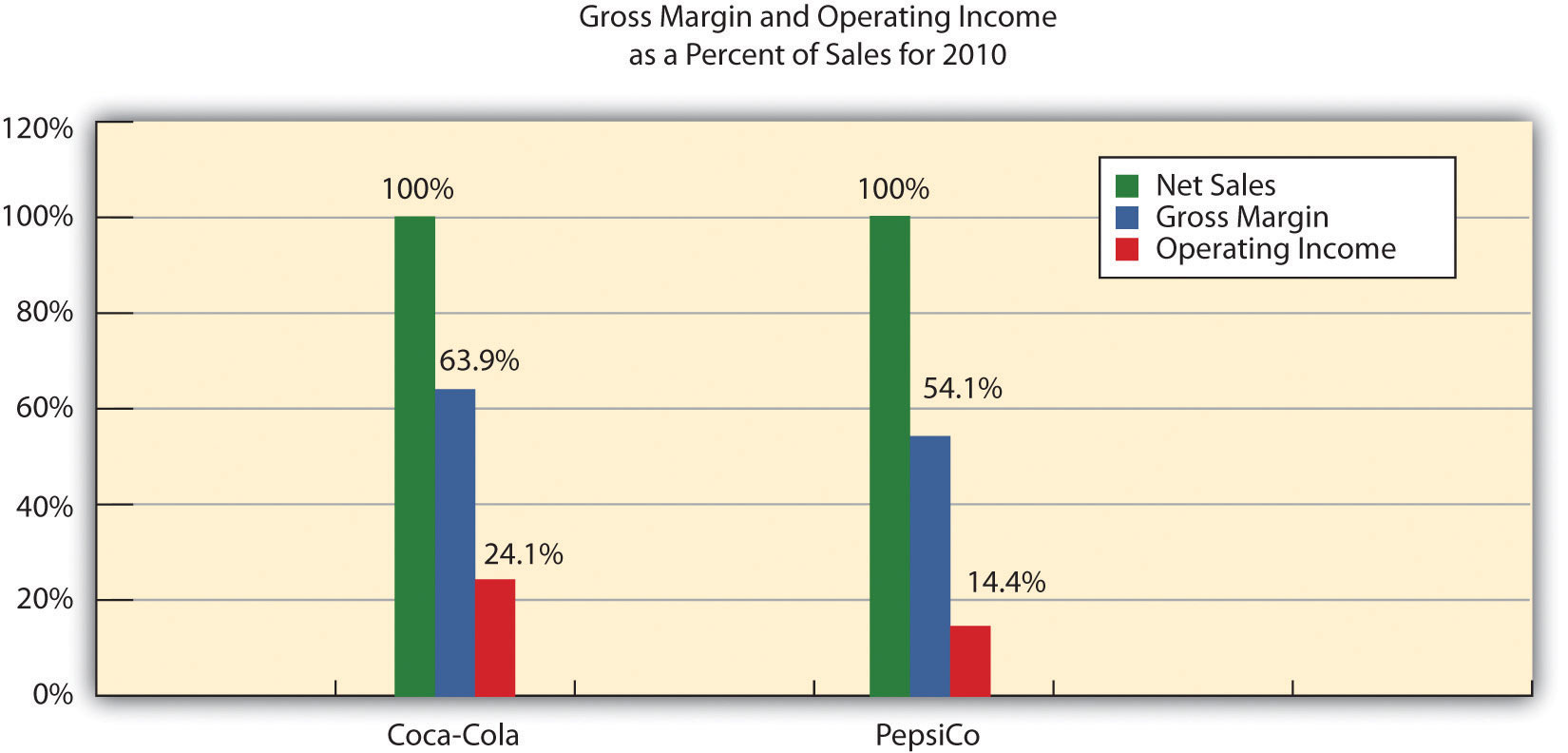Home>Finance>Explain Why Buying Things On Credit Was Not Common Prior To 1917.


Finance
Explain Why Buying Things On Credit Was Not Common Prior To 1917.
Modified: January 8, 2024
Discover why buying on credit was uncommon before 1917 and explore the historical reasons behind this financial practice. Unlock insights into the finance landscape of that time.
(Many of the links in this article redirect to a specific reviewed product. Your purchase of these products through affiliate links helps to generate commission for LiveWell, at no extra cost. Learn more)
Table of Contents
Introduction
Prior to 1917, buying things on credit was not a common practice. Unlike today, where credit cards, installment plans, and loans are readily available, people relied more on cash transactions and bartering to acquire goods and services. The concept of credit, as we understand it today, was not well-developed, and several factors contributed to the limited use of credit during this time period.
In this article, we will explore the reasons why buying things on credit was not common before 1917. We will delve into the limited availability of credit options, the lack of standardized credit systems, cultural attitudes towards debt and credit, the higher risk and uncertainty in commerce, limited access to consumer goods, lack of legal safeguards and regulations, as well as the limited financial resources and economic conditions prevalent during this era.
By understanding the historical context and underlying factors, we can gain a deeper appreciation for the evolution of credit systems and the modern consumer economy. So, let’s dive into the reasons why buying things on credit was not the norm in the early 20th century.
Limited availability of credit options
One of the primary reasons why buying things on credit was not common before 1917 was the limited availability of credit options. Unlike today, where individuals can easily apply for credit cards or loans, access to credit was restricted and not widely accessible.
Financial institutions, such as banks, were not as prevalent as they are today. The banking system was still developing, and many individuals did not have bank accounts. Without access to banks, it became challenging for people to borrow money or obtain credit. Furthermore, banks primarily focused on providing financial services to businesses rather than ordinary consumers.
There were also fewer specialized lenders offering credit to individuals. Non-bank lending institutions, such as credit unions, were not as common back then. This lack of diverse credit options limited the ability for people to make purchases on credit.
In addition, even if credit options were available, they were often reserved for specific purchases or industries. For example, installment plans for purchasing automobiles or major appliances started to emerge in the early 20th century, but they were not widely available for other goods or services.
Overall, the limited availability of credit options was a significant barrier to buying things on credit before 1917. People simply did not have easy access to credit or loans, making cash transactions the more common method of payment.
Lack of standardized credit systems
Another factor contributing to the rarity of buying things on credit prior to 1917 was the lack of standardized credit systems. Unlike today, where credit evaluation and approval processes are well-established and regulated, early 20th-century lacked such standardization.
Without standardized credit systems, lenders faced challenges in assessing the creditworthiness of individuals. This made it difficult for them to determine who was eligible for credit and how much credit they could provide.
In the absence of credit scores and credit reporting agencies, lenders relied heavily on personal relationships and informal networks to gauge an individual’s creditworthiness. This meant that a person’s ability to obtain credit was often based on their reputation, connections, and trustworthiness within their community.
Furthermore, each lender had their own criteria and requirements for issuing credit, making it a complex and inconsistent process. This lack of uniformity made it harder for individuals to navigate the credit system and limited their access to credit opportunities.
Without standardized credit systems, there was also a higher risk for lenders. They were more cautious about extending credit to individuals without a reliable means of assessing their creditworthiness. This led to a conservative approach in lending and a reluctance to provide credit on a wide scale.
It wasn’t until the establishment of credit bureaus and the development of standardized credit scoring models in the late 20th century that credit evaluation became more streamlined and accessible. These advancements played a crucial role in increasing the availability and ease of obtaining credit.
Hence, the lack of standardized credit systems prior to 1917 contributed significantly to the limited prevalence of buying things on credit during that time.
Cultural attitudes towards debt and credit
Cultural attitudes towards debt and credit played a significant role in the limited prevalence of buying things on credit prior to 1917. During this time period, there was a general aversion to debt and a preference for financial independence.
Traditional values emphasized the importance of saving money, living within one’s means, and avoiding debt whenever possible. Society viewed debt as a burden and a sign of financial irresponsibility. This cultural mindset discouraged individuals from relying on credit for their purchases.
Moreover, the concept of indebtedness carried a moral and social stigma. Accumulating too much debt was seen as a personal failure, and individuals often felt a sense of shame and guilt if they had to borrow money.
Financial prudence was highly valued, and individuals were encouraged to save and plan for their expenses rather than relying on credit to make purchases. The idea of instant gratification through credit was not widely accepted, and people were more accustomed to waiting and saving until they could afford to buy something outright.
Additionally, there was a lack of knowledge and understanding about the benefits and risks of credit. Financial literacy was limited, and people were unfamiliar with the intricacies of borrowing, interest rates, and repayment terms. This lack of awareness further deterred individuals from considering credit as a viable option.
Overall, the cultural attitudes towards debt and credit created a conservative approach to finances, focusing on frugality, self-reliance, and avoiding indebtedness. This mindset contributed to the limited use of credit for purchasing goods and services before 1917.
Higher risk and uncertainty in commerce
One of the reasons why buying things on credit was not common prior to 1917 was the higher risk and uncertainty involved in commercial transactions. The business landscape during this time was characterized by fluctuating markets, unreliable information, and a lack of legal protections.
Commercial activities were often conducted locally and involved small-scale merchants and craftsmen. These individuals operated on a cash-based economy, where goods and services were exchanged for immediate payment. This system minimized the risk of non-payment and allowed for a more direct and transparent transaction process.
Moreover, the lack of standardized business practices and regulations made it difficult for buyers and sellers to establish trust. Contracts and legal agreements were often informal and not legally enforceable. This lack of legal safeguards made lenders wary of extending credit, as they had limited means of recourse in case of default.
Additionally, there was limited access to reliable financial information. Unlike today, where credit checks and financial records are readily available, it was challenging to assess the financial stability and creditworthiness of individuals and businesses. This lack of transparency added to the risk and uncertainty of lending money.
The uncertainty of future market conditions was another factor that made credit a less attractive option. Economic downturns or market fluctuations could impact a borrower’s ability to repay the debt, leading to increased risk for lenders. This instability made lenders more cautious and less willing to extend credit to individuals.
Overall, the higher risk and uncertainty in the commerce of the early 20th century created a challenging environment for credit transactions. The lack of standardized practices, legal protections, and reliable financial information made lenders reluctant to offer credit, further limiting the prevalence of buying things on credit.
Limited access to consumer goods
Another reason why buying things on credit was uncommon before 1917 was the limited access to consumer goods. During this time period, the availability and variety of consumer goods were far more restricted compared to today’s markets.
Mass production and globalization had not yet fully taken hold, and many goods were still produced on a small scale or locally. This limited production capacity meant that there were fewer options for consumers to choose from, especially in rural areas.
Furthermore, the transportation and distribution networks were not as advanced as they are today. Long-distance shipping and efficient logistics were not yet fully established, making it more difficult for goods to reach distant markets.
With limited options and availability, consumers had less urgency to purchase goods on credit. They could typically save up and pay in cash when the desired item became available. The concept of immediate gratification through credit was not as relevant when the choices were limited.
In addition, the lack of consumerism and materialism that prevailed during this era meant that people were generally content with what they had. The idea of constantly acquiring new goods or the perceived need for the latest trends was not as pervasive. Therefore, the pressure to buy on credit was not as significant.
Overall, the limited access to consumer goods, coupled with less consumer-focused marketing and a lack of materialistic culture, contributed to the lower demand for credit in purchasing goods before 1917.
Lack of legal safeguards and regulations
Before 1917, the lack of legal safeguards and regulations surrounding credit transactions was a significant deterrent to buying things on credit. The legal infrastructure for protecting borrowers and lenders was not as developed as it is in modern times.
Contracts and agreements were often informal and not legally binding. There was a lack of standardized documentation and recourse in case of disputes or non-payment. This created uncertainty and risk for both borrowers and lenders, making credit transactions less desirable.
Furthermore, bankruptcy laws were not well-established, and there were limited mechanisms for debt recovery. If a borrower defaulted on a loan, it was often difficult for lenders to reclaim their money. The absence of legal protections made lenders apprehensive and reluctant to provide credit.
In the absence of regulatory oversight, predatory lending practices were more common. Unscrupulous lenders could take advantage of borrowers, charging exorbitant interest rates or engaging in fraudulent practices. This lack of regulation further eroded trust in the credit system and discouraged people from buying on credit.
Additionally, consumers lacked access to legal remedies in case of unfair or deceptive practices by lenders. Without proper regulation, there was limited recourse for borrowers who were subject to unjust treatment.
Overall, the lack of legal safeguards and regulations surrounding credit transactions created an environment of uncertainty and risk. This lack of protection for both borrowers and lenders contributed to the limited prevalence of buying things on credit before 1917.
Limited financial resources and economic conditions
Limited financial resources and challenging economic conditions were significant factors that prevented widespread buying on credit prior to 1917. During this time period, personal savings and disposable income were often limited, making it difficult for individuals to afford purchases beyond their immediate means.
The average person’s income was lower compared to today, and the cost of living was relatively high. People had to prioritize their basic needs and necessities, leaving little room for discretionary spending or borrowing for non-essential items.
Moreover, economic conditions were often unstable and unpredictable. Periodic recessions, inflation, and economic downturns made individuals and businesses wary of taking on debt. The fear of financial hardships and the potential inability to make repayments made people hesitant to rely on credit for purchases.
In addition, the lack of social safety nets and financial support systems during this era meant that individuals had to rely more on their own resources and savings. There were no government programs or widespread access to social assistance, further limiting the financial options available to people.
Furthermore, in agricultural-based economies, where a significant portion of the population was engaged in farming, income fluctuated seasonally, creating additional financial uncertainty. This made it challenging for families to plan and budget for long-term purchases.
The limited availability of credit and financial institutions also contributed to the constrained financial resources. Without accessible and affordable credit options, individuals and small businesses had fewer avenues for securing additional capital for their purchases.
In summary, the combination of limited financial resources, economic volatility, and the absence of financial support systems made it difficult for individuals to consider buying things on credit before 1917.
Conclusion
Before 1917, buying things on credit was not a common practice due to several factors. The limited availability of credit options, lack of standardized credit systems, cultural attitudes towards debt and credit, higher risk and uncertainty in commerce, limited access to consumer goods, lack of legal safeguards and regulations, and limited financial resources and economic conditions all played a role in shaping the credit landscape of the time.
The absence of widespread financial institutions and standardized credit systems made it challenging for individuals to access credit. Cultural attitudes emphasized financial independence and discouraged reliance on debt. The higher risk and uncertainty in commerce, coupled with limited consumer goods and lack of legal safeguards, further deterred individuals and lenders from engaging in credit transactions.
Additionally, limited financial resources and challenging economic conditions hindered individuals’ ability to afford purchases beyond their immediate means. The combination of these factors created an environment that favored cash transactions over buying on credit.
It was not until advancements in financial infrastructure, regulatory frameworks, and cultural shifts that buying things on credit became more common later on. Today, the availability of credit options, standardized credit systems, and a more accepting attitude towards debt have revolutionized the way we make purchases.
Understanding the historical context and the factors that influenced the limited prevalence of buying on credit before 1917 provides valuable insights into the evolution of consumer finance. It highlights the role of economic and cultural factors in shaping financial practices and reminds us of how far we have come in terms of credit accessibility and use.














